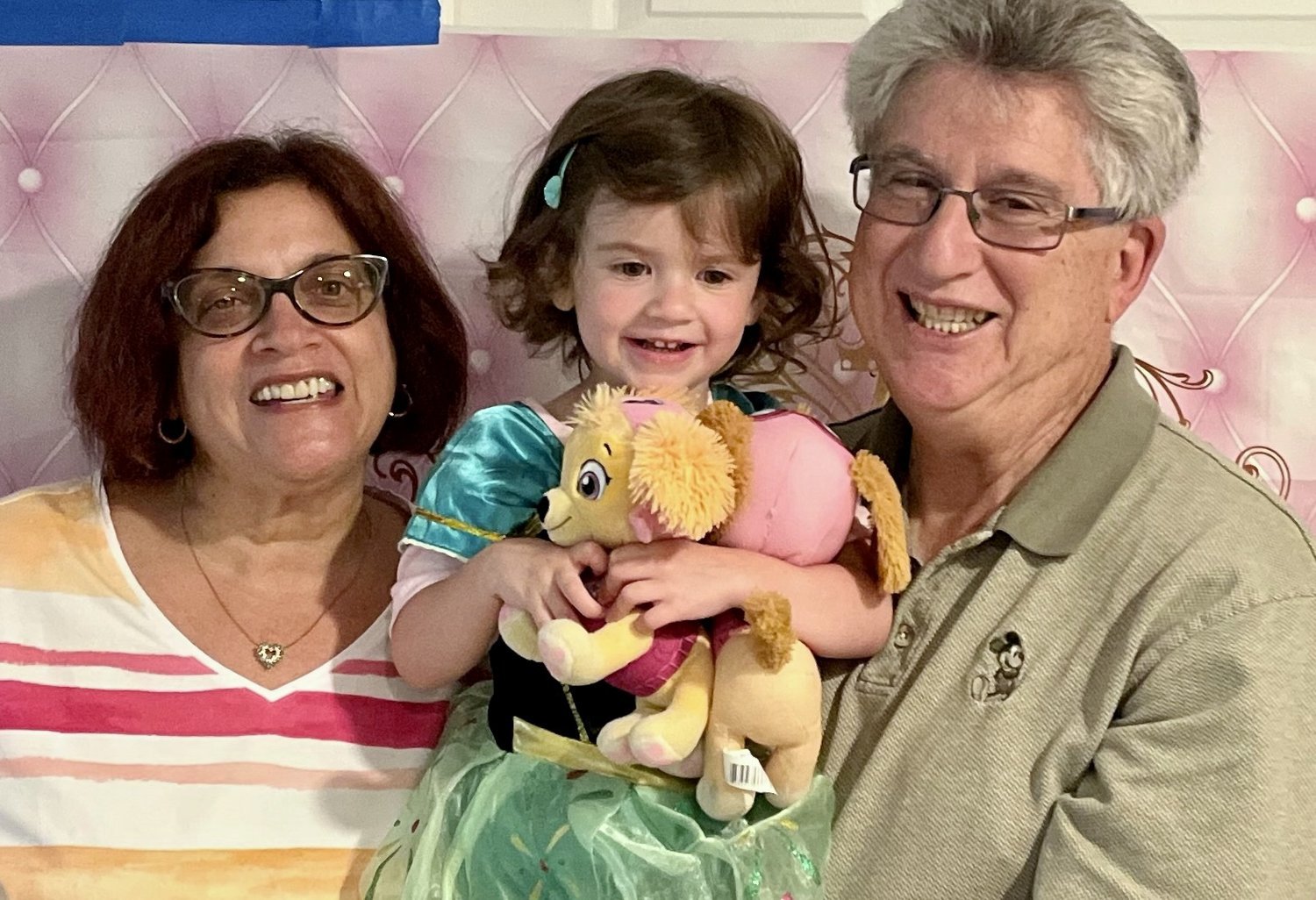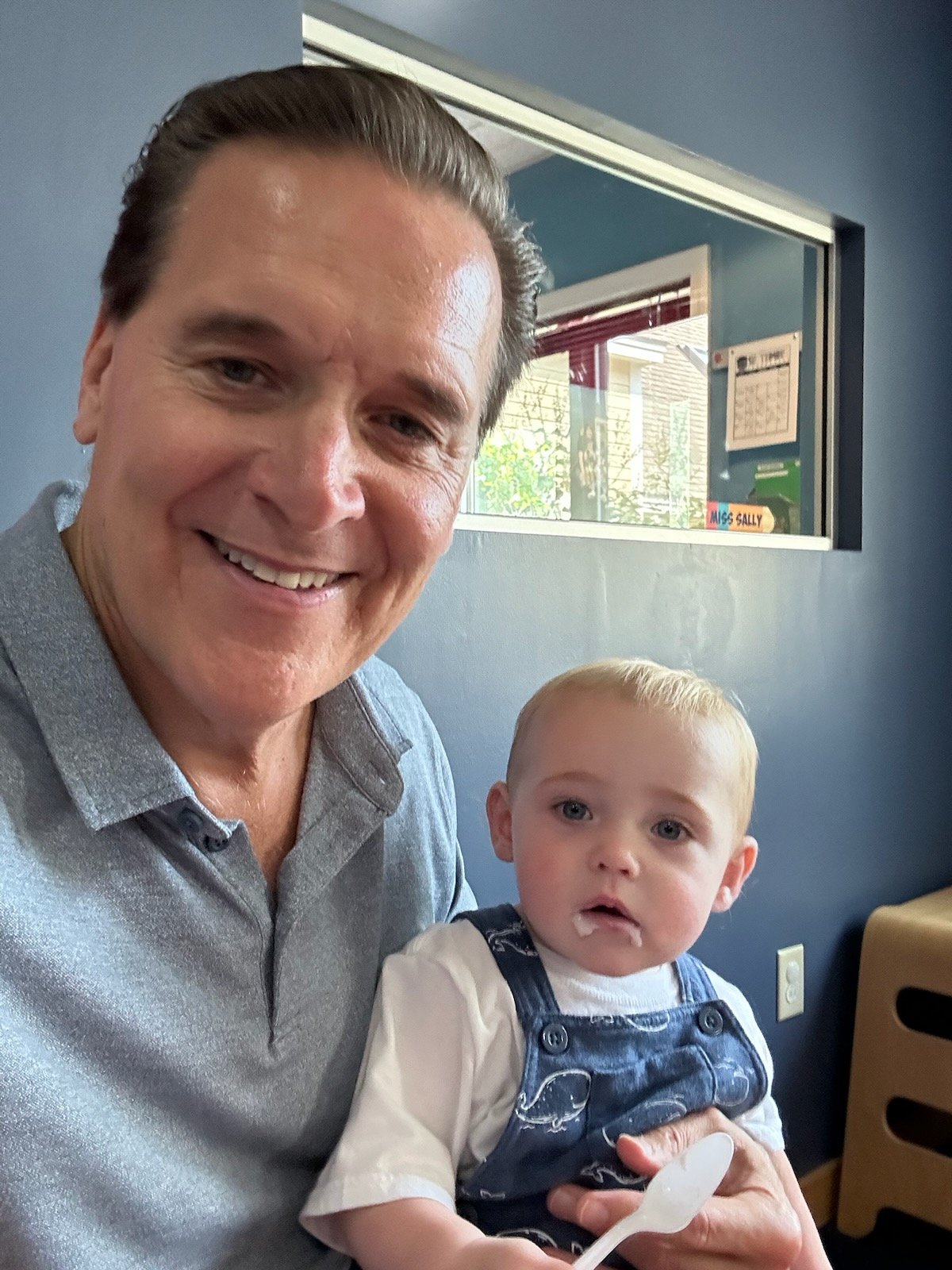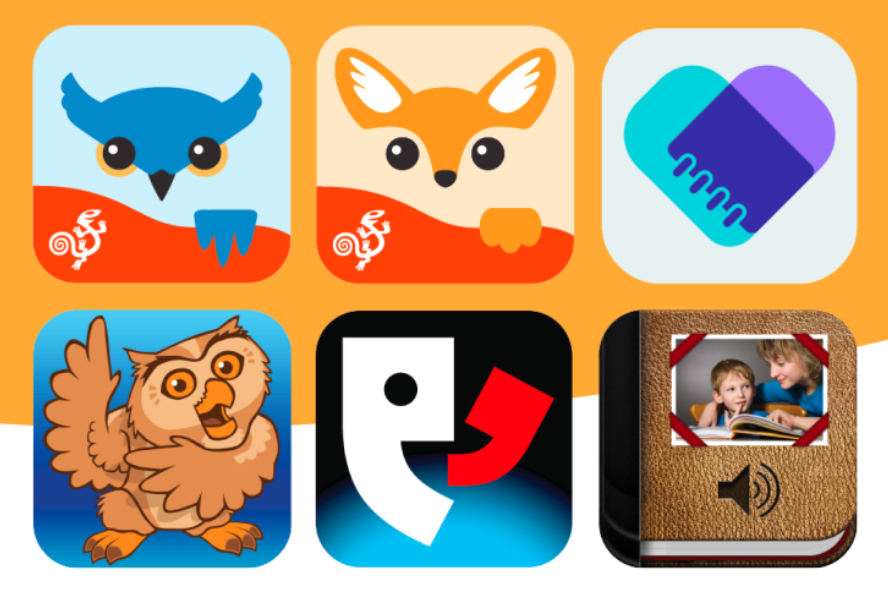Smart but Scattered: The Revolutionary "Executive Skills" Approach to Helping Kids Reach Their Potential
“There’s nothing more frustrating than watching your bright, talented son or daughter struggle with everyday tasks like finishing homework, putting away toys, or following instructions at school. Your “smart but scattered” child might also have trouble coping with disappointment or managing anger. Drs. Peg Dawson and Richard Guare have great news: there’s a lot you can do to help.
The latest research in child development shows that many kids who have the brain and heart to succeed lack or lag behind in crucial “executive skills”--the fundamental habits of mind required for getting organized, staying focused, and controlling impulses and emotions. Learn easy-to-follow steps to identify your child’s strengths and weaknesses, use activities and techniques proven to boost specific skills at home, and problem-solve daily routines. Small changes can add up to big improvements--this empowering book shows how.”
There is one version for children ages 4-13 and one version for teenagers. These books would be a great resource for parents to gain knowledge of executive function difficulties and implement strategies at home to generalize what is being learned in speech therapy. If you are concerned with or have questions about your child’s executive function skills, call today to speak to a clinician!


























